Introduction
Milkweeds are not just another pretty plant; they’re the cornerstone of a complex ecological web. Serving as the primary host plants for the famed Monarch butterfly, these hardy perennials play a crucial role in ecosystems across the United States, including the diverse landscapes of Texas. Let’s take a journey through the Lone Star State to discover the various milkweed species that call Texas home.
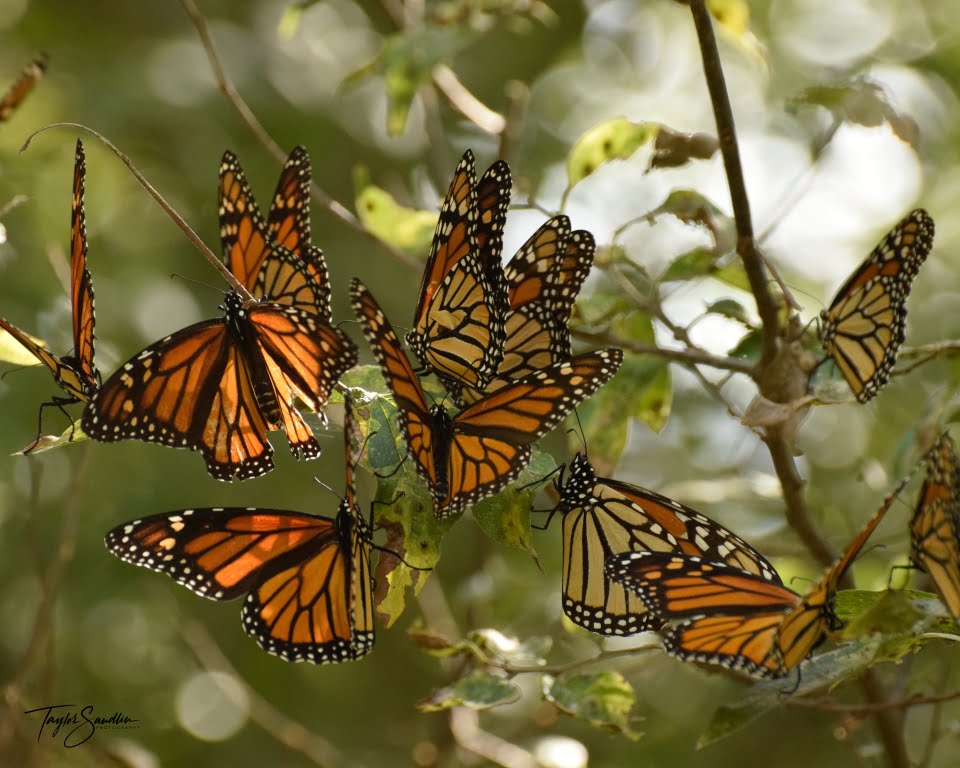
The Importance of Milkweeds
Milkweeds offer more than just their beautiful blossoms. They serve as the primary food source for Monarch caterpillars and offer nectar to a variety of pollinators. Without milkweeds, the Monarch butterfly would be unable to complete its life cycle, putting the species at risk.
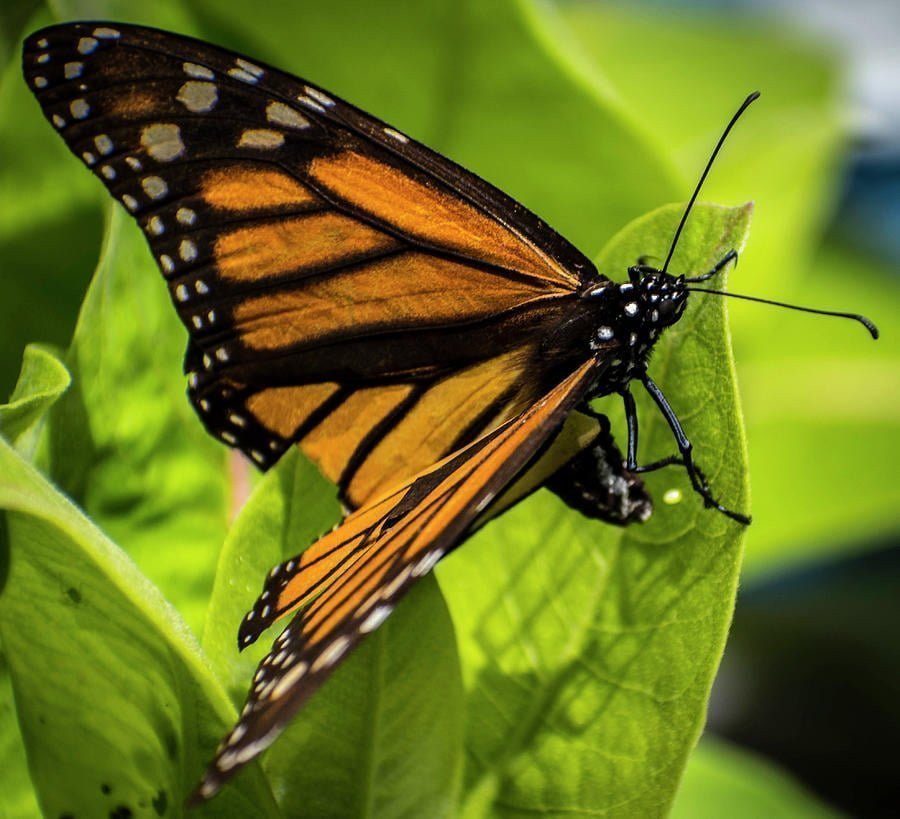
Native Milkweeds of Texas
Antelope Horns (Asclepias asperula)
Found primarily in Central and West Texas, this species is known for its broad leaves and greenish-white flowers. It’s highly adaptable, tolerating dry, sandy, and rocky soils.
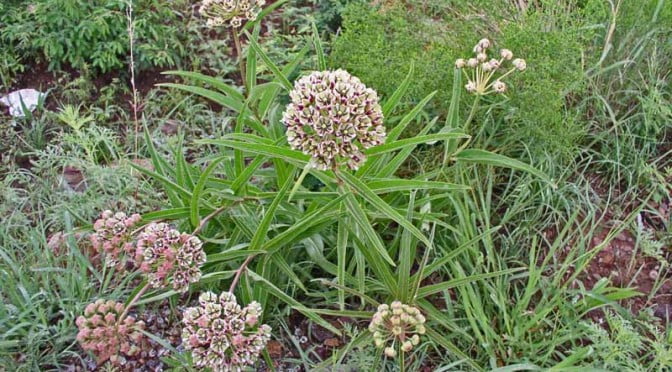
Green Milkweed (Asclepias viridis)
A common sight in eastern and central Texas, Green Milkweed is identified by its green flowers and relatively short stature. It’s often found in prairies and open fields.
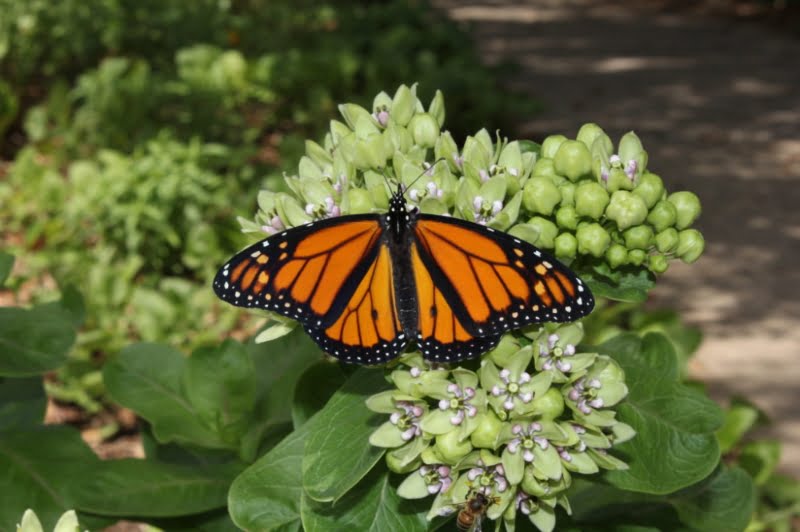
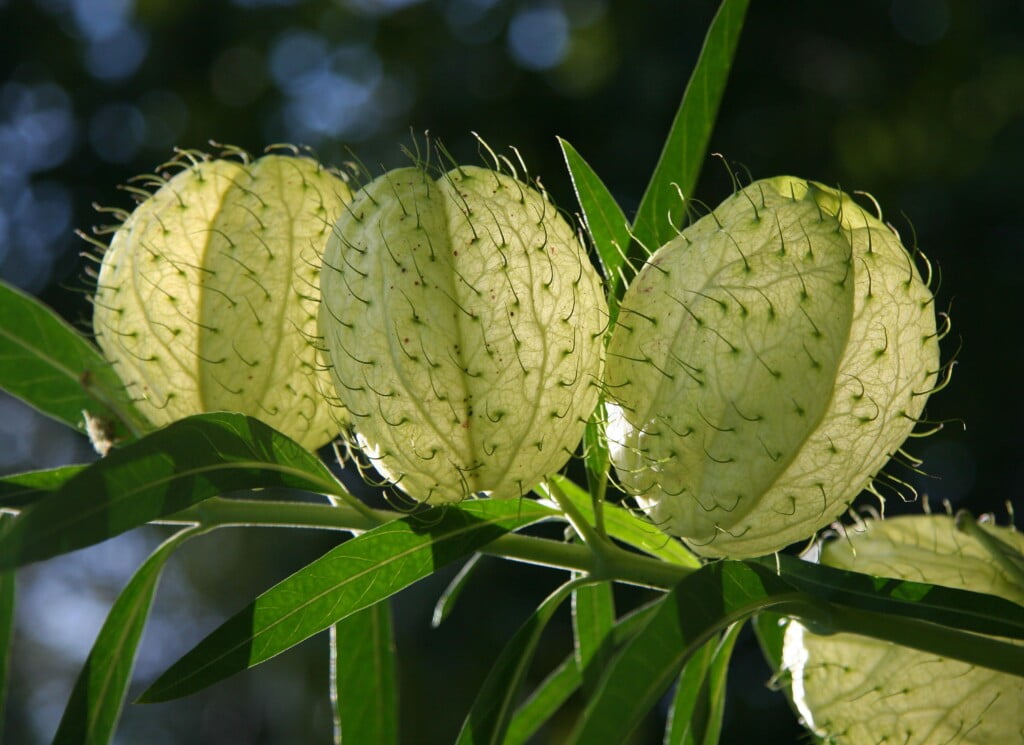
20 Hairy Balls Milkweed Seeds (Gomphocarpus physocarpus)
Thriving as a perennial in Zones 8–11, Hairy Balls Milkweed (Gomphocarpus physocarpus) reach an impressive height of 32–72″. Also recognized as swan plant, swan milkweed, and, of course, balloon plant, this is a must-have addition to your butterfly garden. More than 20 seeds. Southern US & Northern Mexico.
